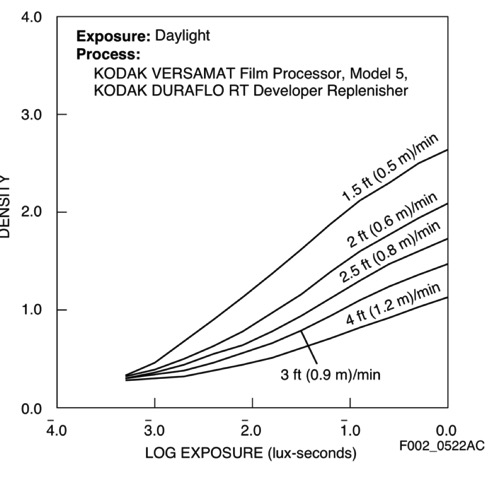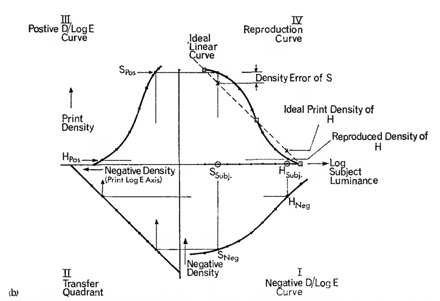Modern developers (film and paper)
In this second part of a series about exposure, developing and printing silver-halide film strips I will look at the films available and the developer solutions that are being offered by various manufacturers. It is not possible to give a complete review of every product on the market and therefore this article can give only a selection of important products. In the first part the basics of exposure measurement were elucidated. The scene to be photographed is always a mix of brightness patches. These patches vary in area and brightness. The distribution varies also and this presents a problem. The brightness range may be very wide (from deep black to shimmering white) or very narrow (from light gray to mid grey). The areas may differ from a tiny patch to a large area, covering a substantial part of the negative. The distribution may be biased to mainly bright to mainly dark. Whatever the composition and distribution of these patches, the camera can only make one exposure. The photographer may use bracketing as a safeguard, but this works only for stationary objects. The Zone System has been specifically designed to optimize the matching of film choice, exposure and developer choice.
Film is a quite flexible medium and changes in development time will produce a steeper or flatter curve. The choice of developer will also influence the location and the shape of the curve. The Jones diagram is an excellent tool to visualize the imaging chain.



The main characteristic of film emulsions is the inherent degradation effect of the processing steps. The negative can in general record subject detail that exceeds the capabilities of the digital capture technique (given the same area size). The transparency of the photographic negative is the main cause for degradation, because of the scattering effects when the negative is projected on the enlarger board.
This effect can be reduced by using a tanning developer. There are several types of tanning developer on the market. All are based on the developer agents pyrogallol (pyro) and pyrocatechin. The special effects of the pyro developer are a very subtle response to differences in brightness, a high level of adjacency effects and an increased tonal range. The negative side effects are unpredictability of results and toxidity.
The best-known developer is the PMK from Gordon Hutchings, but there are several others. I get very good results with the Tanol and Tanol Speed from Moersch Chemie. These developers can produce very special effects, but you need to experiment a lot to get the best results: here the scientific approach has to give precedence to the aesthetic and experimental experience.
A classic developer is the FX39 from Geoffrey Crawley and marketed by Paterson and also by Adox. The FX 39 is the best acutance developer on the market, only surpassed by the famous CG512. This developer however has a slight inconvenience: temperature must be 24 degrees C and the developer time is quite long.
A revival of the two bath developer can be seen in recent announcements. The Moersch MZB is one possibility, the Spur UltraSpeed is another one and the Adox Adolux ADX is a third alternative. The advantages compared to the classical Tetenal developer is generally a higher sharpness impression, thanks to better acutance. The tonal range is often much higher than what is possible with digital files.
If you care about the environment there is now a range of chemicals that is ecologically friendly. Moersch produces the EFD film developer and the Eco 4812 print developer. The eco-pro range of chemicals is worth a try, and the Amaloco AM8008 print developer (available from Phototec). With some search effort you can find a workflow that is efficient and good for nature.
A very interesting simplification of the whole process is the Spur UFP, one chemical that can be used for film and for print development. This option is currently in test and the results will be published soon.
With such a wide range of chemicals to choose from, there is a need to restrict the range of films. If you wish to try every possible option, you are soon lost in the desert.It is evident that the best films are still to be found in the Ilford and Kodak ranges: The Ilford Delta 100, the FP4+ and the T-Max 100 are the premium choices for slow speed films with the Adox CHS 100 II an alternative to the FP4+. For 400ISO films my favorite is the T-Max 400 with the Tri-X a classical alternative. The Delta 400 is a serious challenger to The Kodak version, but produces a higher grain and a higher speed as can be seen in the better shadow reproduction.
You will find more information about the principles of silver-halide technology, the use and processing of films in my book: Leica Practicum. Here the focus is on best reproduction quality and a process that favors the performance of Leica lenses.




